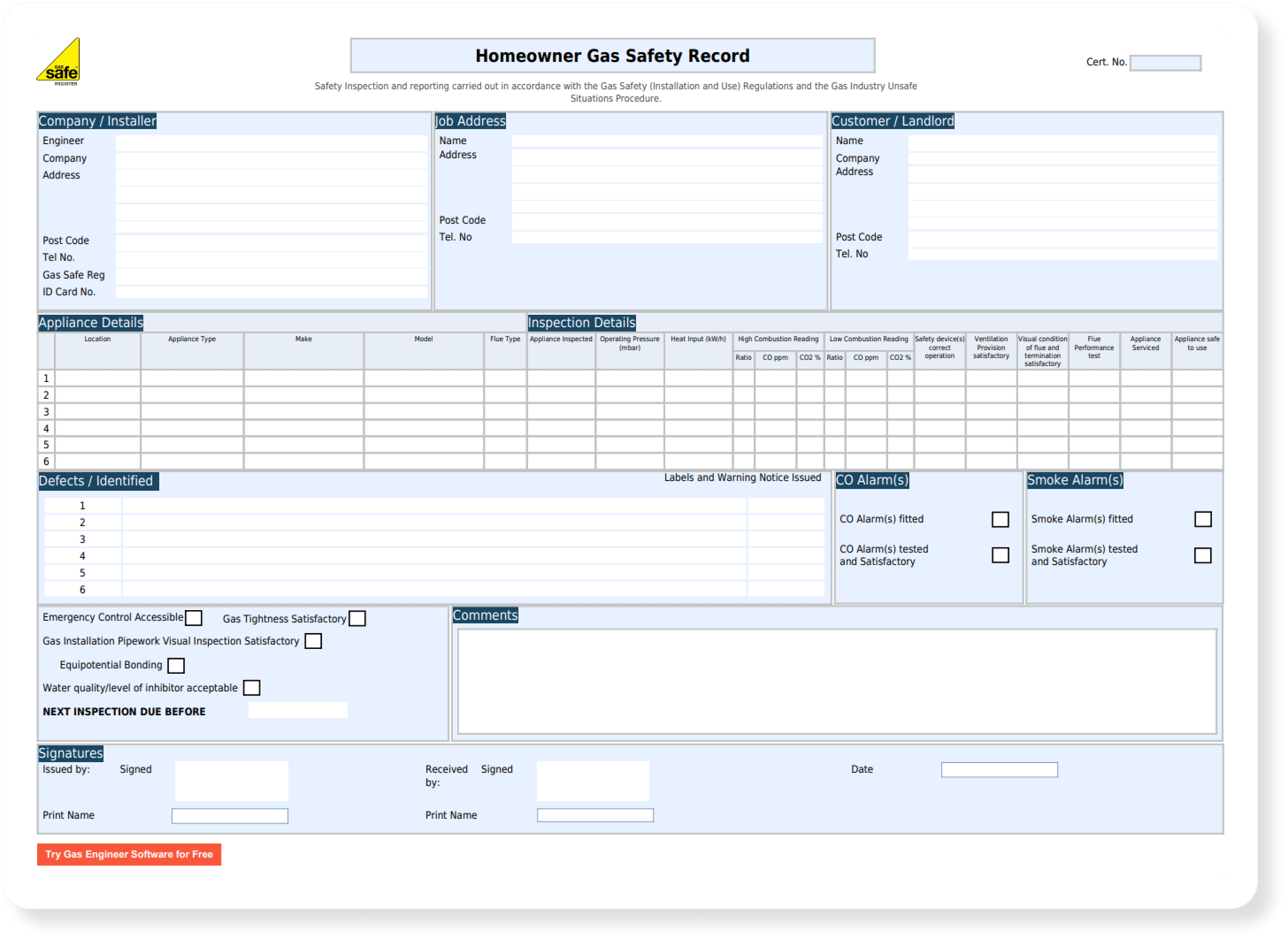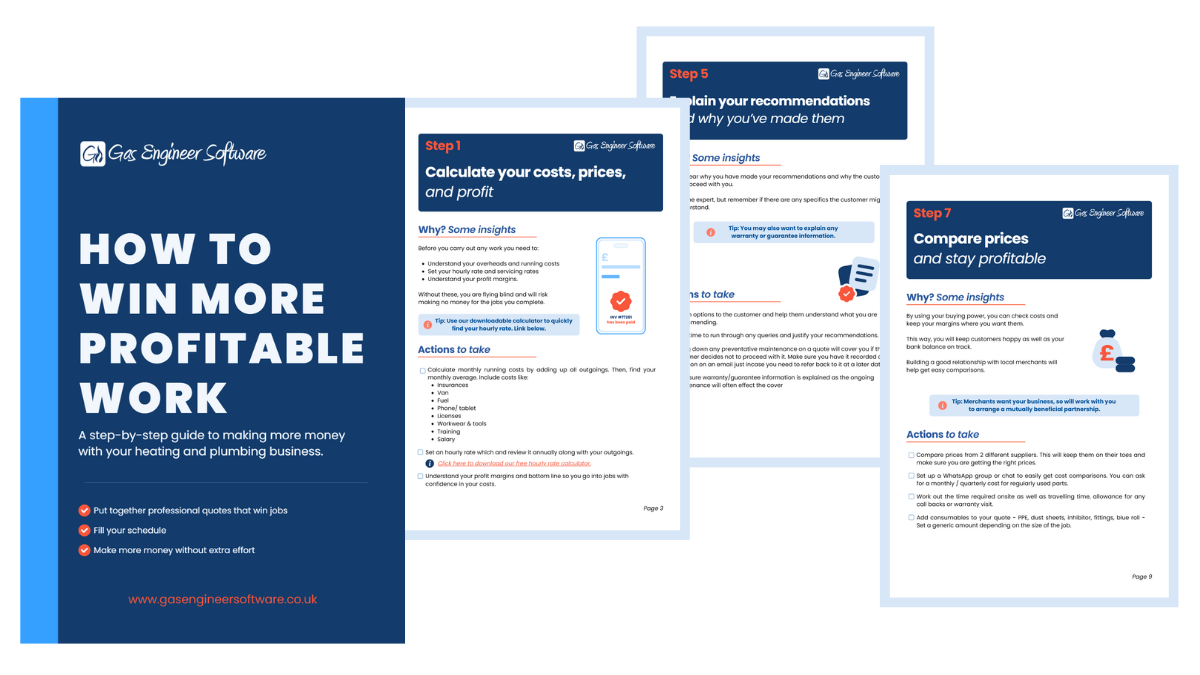What to Do When a Customer Refuses to Pay For Work Done
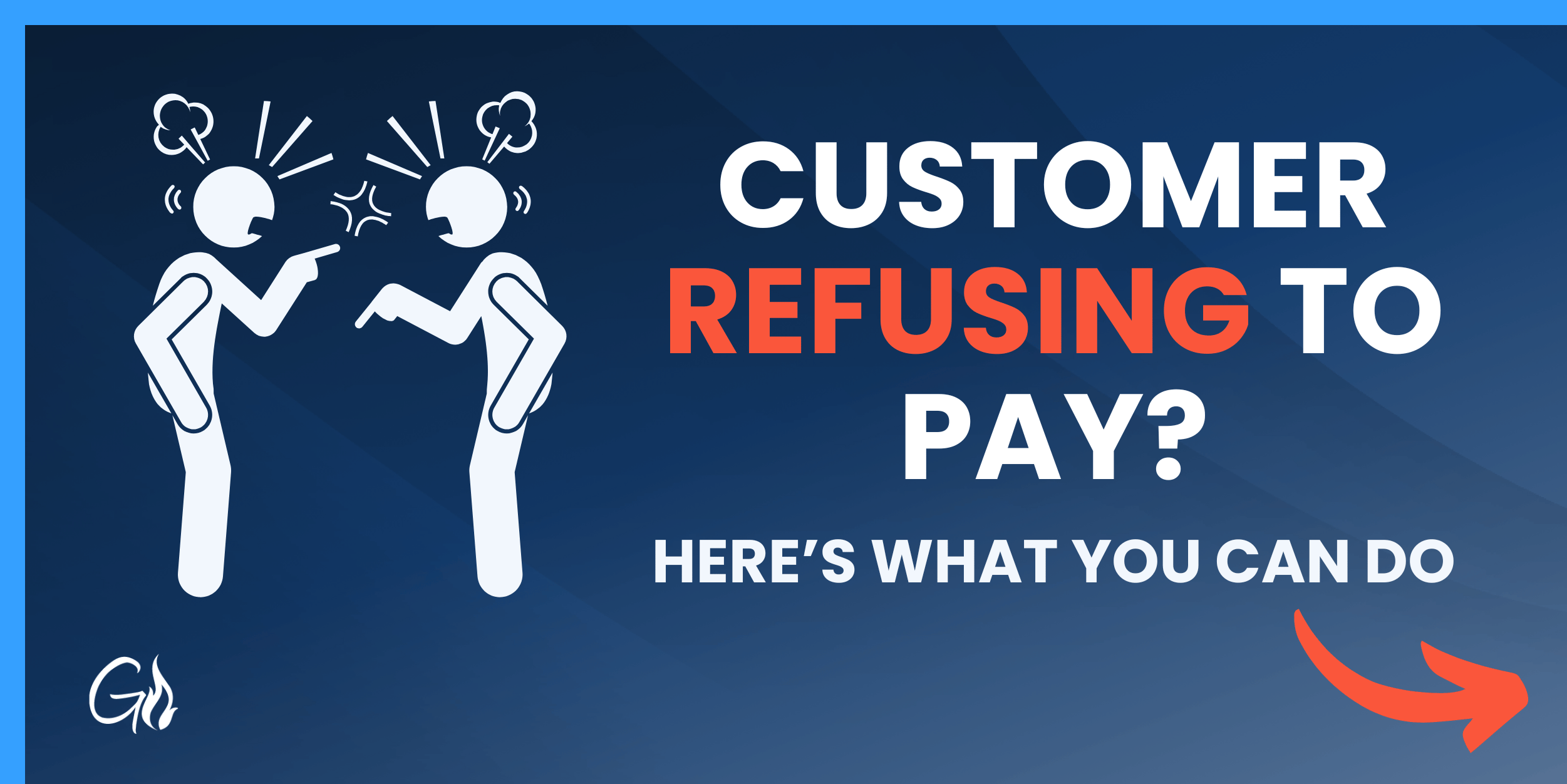
Of all the things you need to do running your own heating and plumbing business, dealing with a customer who refuses to pay has to be one of the worst.
Picture this: you agree on a price, do the work, and then… you have to deal with all the stress, hassle, and extra work to get the money that should already be yours.
Serial ‘no-payers’ will always find an excuse not to pay, and they’re best avoided like the plague. The problem is they can be hard to spot in advance.
In this article, we’ll walk you through all the practical steps you can take to both get the money you’re owed, and prevent non-payment issues from happening in the future.
Keep reading or jump ahead here:
Step 1: Stay calm and professional
Dealing with a tricky customer is a skill in its own right. Even if they’re completely in the wrong, it’s important to stay professional at all times. If you decide to go down the legal route later, this will work in your favour.
A customer who’s refusing to pay is either trying to get a free job or is upset for some reason (however valid that reason actually is). Replying with an aggressive or aggravated tone will only backfire, as people can quickly get defensive.
Lastly, in cases such as these, it’s important to keep track of all communication. Messages are fine, emails are better. If you agree on anything over the phone, send a follow-up email immediately after confirming everything.
Step 2: Double-check the details
Before you do anything, cross-check the quote, invoice, and work done to make sure the work was completed as agreed. Having this clarity avoids any doubts and means you won’t get caught out by anything.
It can also help to simply resend the invoice, as the customer might have lost their copy. Mailed invoices are much harder to track than digital invoices.
If you use Gas Engineer Software to send your invoices, you can set up automated reminders and even check the status of the email.

Step 3: See if there’s a potential resolution
Hear your customer out. Check exactly why they’re unwilling to pay and see if it stems from a misunderstanding or something else entirely.
For example, it could be the case that your customer hasn’t got the cash on hand to pay the invoice in full and they don’t want to admit it. If they haven’t otherwise been a bad customer, you might be willing to offer them a payment plan.
Other times, it can be down to a small part of the job they’re unhappy with. In these cases, it can be worthwhile to simply work out an arrangement with the customer and settle the dispute without taking up too much of your time. You can always note down the experience and avoid the customer in future.
Step 4a: Send a Formal Letter Before Action
If the above hasn’t helped, it’s time to go down the formal route. If you’re lucky, a ‘serious’ letter can be enough to get the customer to pay up. Emails will be faster, but a letter through the post might carry more weight. Explain what your next actions will be should they not pay by the deadline.
Alternatively, you could serve something called a ‘statutory demand’. These are a way of asking for payment of a debt from an individual or a company. You do not need to hire a lawyer to help with this, making them a great next option.
You can download the forms to serve a statutory demand on the Government website, here.
Step 4b: Take Legal Action
If all other options have failed, it’s time to take legal action. It’s important to know that you are well within your right to demand payment from a customer you’ve done work for. As long as you follow the right channels and stay professional, the customer will have little ground to stand on.
You’ve got a few options here:
You could turn to a debt collection agency. They will be able to help you recover payments from small and large jobs.
- This can be the fastest way of getting paid.
- The fee is a percentage of the debt recovered.
- You usually only have to pay a fee if the debt is recovered.
You could choose to go with the small claims court. If ruled in your favour, the court will order the money to be paid to you.
- The small claims court is an effective way of getting your debt.
- It involves more work than going with a debt collection agency, making it less worthwhile for smaller jobs.
- Depending on the amount you’re claiming, small claims court fees sit around 5-10%. More detailed information about fees can be found here.
You could get mediation from an independent mediator. This can be an effective way of settling a debt and can sometimes be easier.
- A good option if you don’t have a proper paper trail to back up what you know is right.
- Fees can be lower than the other options.
- Less likely to break the relationship with the customer, if it’s something you’re looking to keep.
You could use the money claim online service. If you’re happy to do things online, this could be a quick and fast way to settle an unpaid invoice.
- https://www.moneyclaim.gov.uk/web/mcol/welcome
- A government-run service perfect if you know exactly how much you are owed and it’s not a complex legal matter.
Preventing Future Issues
Of course, the best-case scenario is to completely avoid having these kinds of payment issues in the first place. There will be some customers who are hell-bent on making life difficult for you, but most cases can be avoided with some careful planning on your end.
Here are some tips…
Avoid working for problematic customers
If you get a bad feeling about a customer, it can be worth your while saying “No” to the job from the beginning. Likewise, if you’ve had a customer try to get out of paying for a job, put them on your blacklist and don’t work for them again.
Keep an organised paper trail with professional paperwork
A big part of getting your money back is down to the paper trail. Invoices, quotes, contracts, payment history, and any correspondence with the debtor are massively helpful if you decide to work with a debt collection agency.
If you’re doing things on paper, make sure you keep two copies of everything. That being said, it’s still hard to prove that the invoice was actually sent or what was agreed upon.
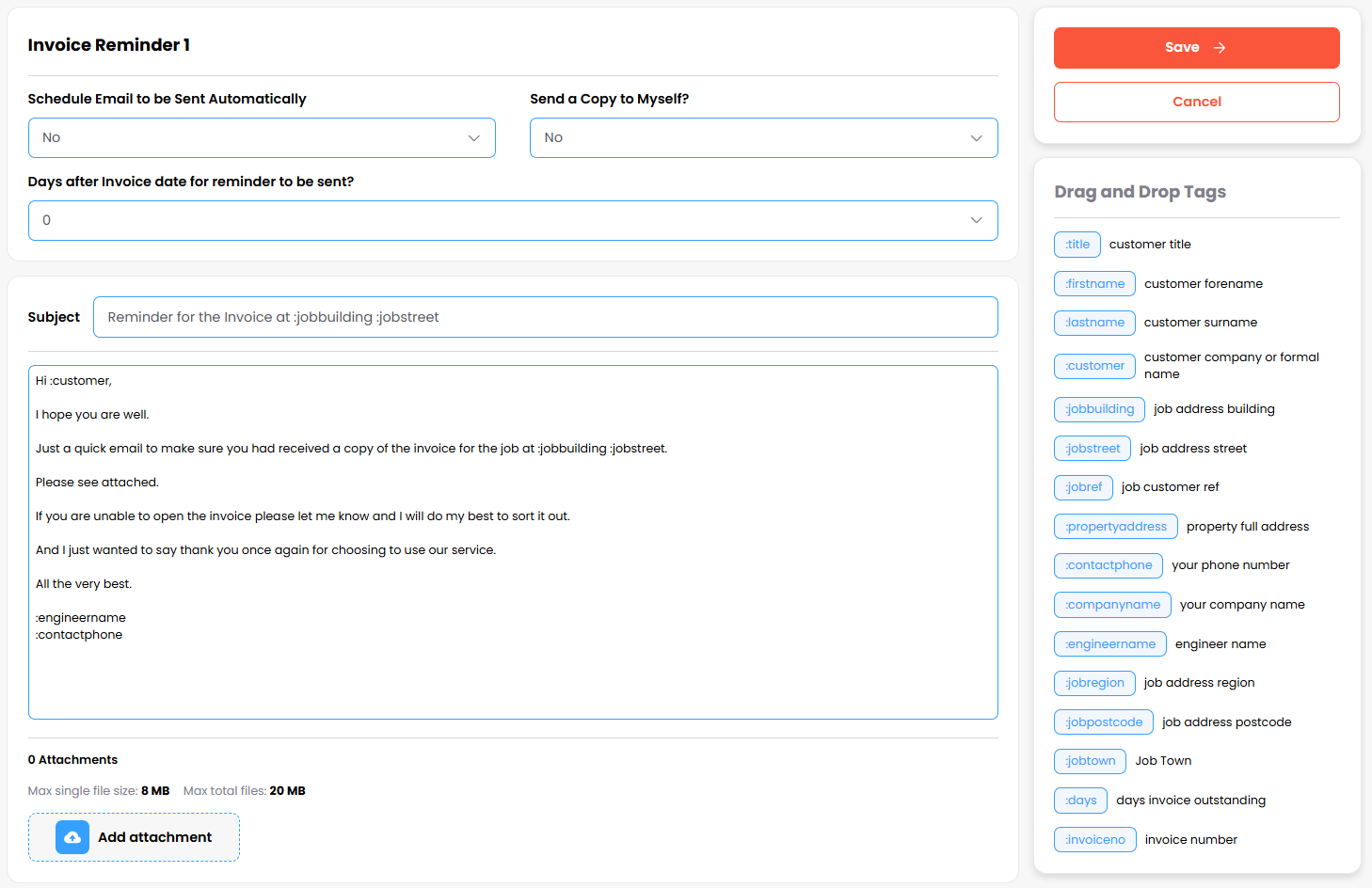
Above: Customising automated invoice reminders through Gas Engineer Software.
Digital paperwork created through Gas Engineer Software is organised with a communication history under each customer. It’s easy to prove when an invoice is sent, as is adding small details like payment terms and line items that help avoid confusion.
Additionally, using our flue gas analyser integration helps generate a dated and uneditable report which can be used to legally prove you’ve checked the boiler properly. It’ll include your analyser’s calibration information on it, just in case the customer tries to use that as an excuse for not paying.
Take photos of your work
This one’s obvious – but taking photos of your work can genuinely help. If anything, you can use them to post to your social media as well for a bit of marketing.
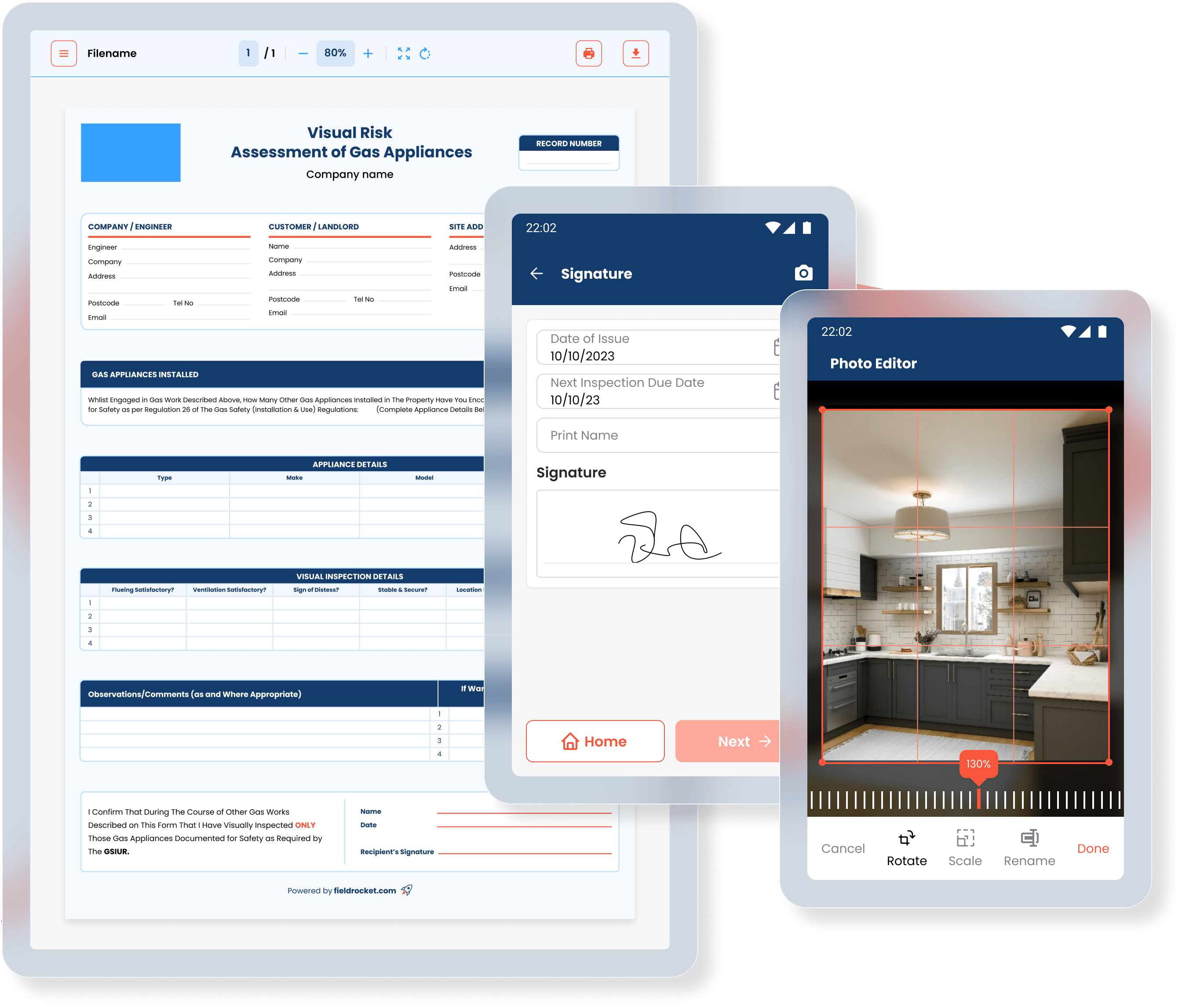
*Tip: Gas Engineer Software allows you to attach photos to jobs – both for your own and your customer’s reference.
Provide a quote when necessary, and communicate additional costs
Not every job needs a quote, but longer and more complex jobs benefit from clear communication with your customer.
Some jobs grow in complexity as you work on them. This is the norm of trades work, but tricky customers can refuse to pay for additional costs if they weren’t included in the initial quote. If you choose not to update the quote, be sure to get it in written communication that the customer agrees — especially if its a significant addition.
